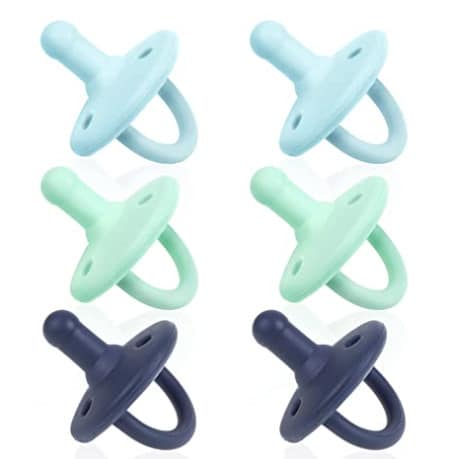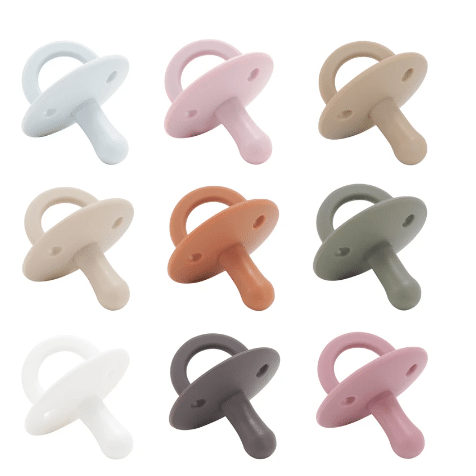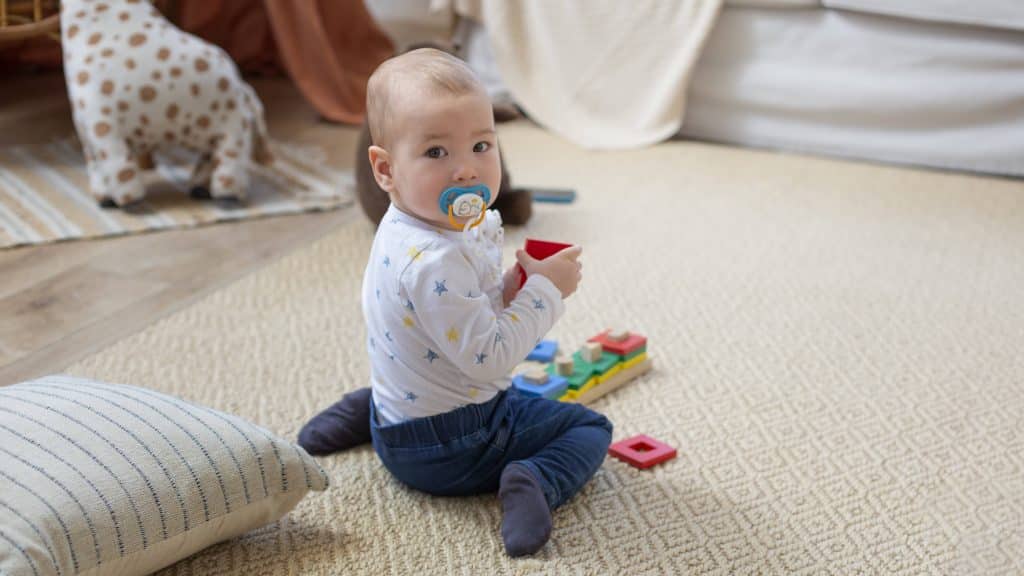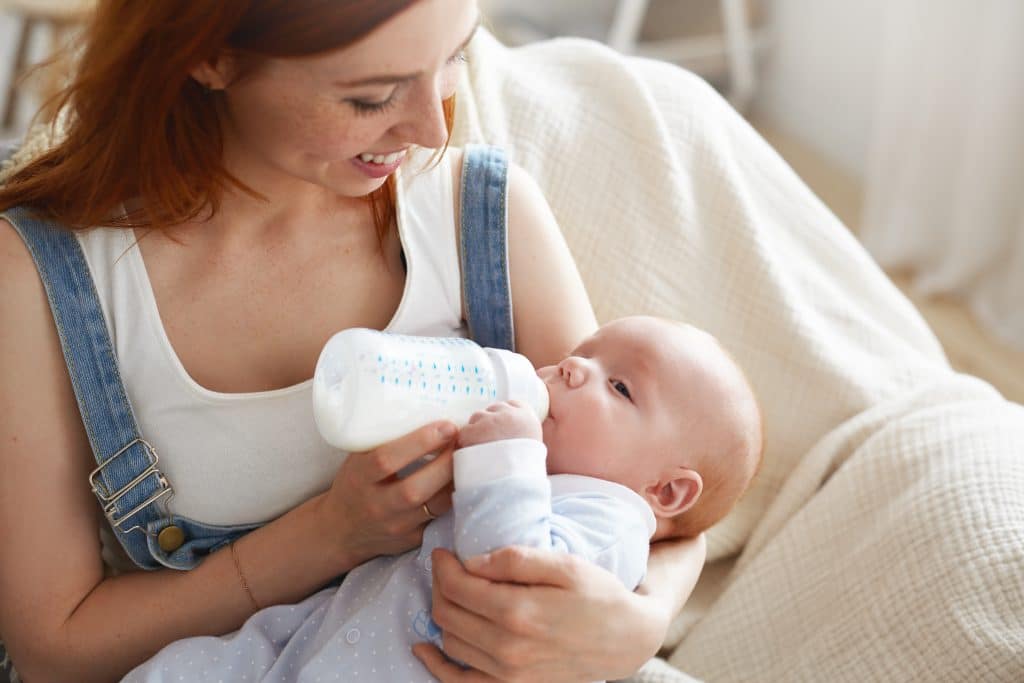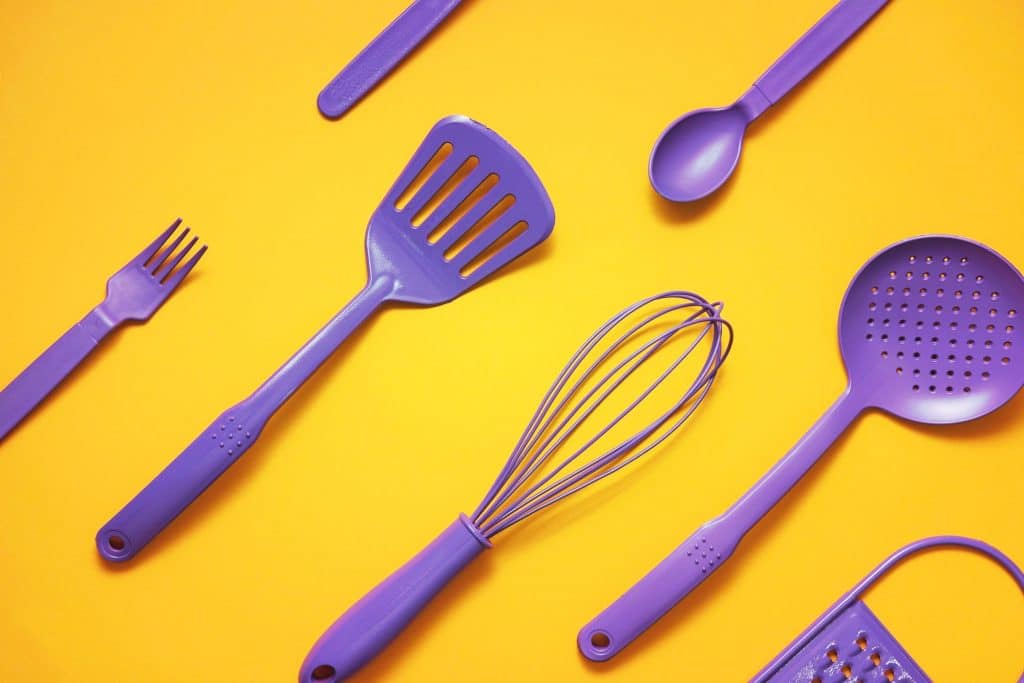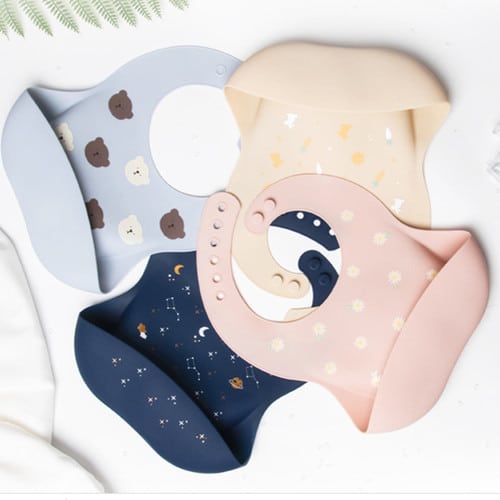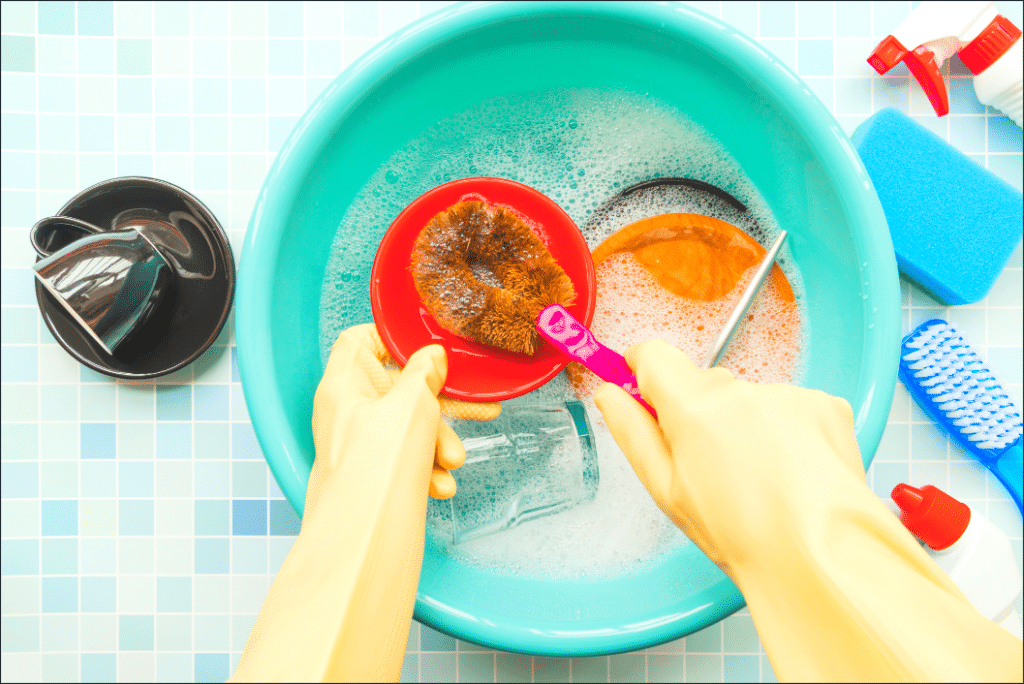Choosing the right size silicone pacifier is essential for your baby’s comfort, oral development, and overall well-being. In this guide, we will explore the key features and benefits of silicone pacifiers and provide you with practical tips for selecting the appropriate size.
Understanding Silicone Pacifiers: Key Features and Benefits
Silicone Pacifiers: A Safe and Hygienic Option Silicone pacifiers are made from a durable and non-toxic material that is free from harmful substances such as BPA. Their non-porous surface minimizes the risk of bacterial growth and provides a hygienic option for your baby.
The Role of Size in Pacifier Selection The size of a pacifier plays a crucial role in ensuring a proper fit and comfort for your baby. Choosing the right size pacifier helps prevent potential issues such as discomfort, gagging, or improper oral development.
Factors to Consider When Choosing the Right Size Silicone Pacifier
Age and Developmental Stage The age and developmental stage of your baby are important considerations when selecting the size of a silicone pacifier. Different age groups have varying mouth sizes and sucking abilities, so choosing the appropriate size is crucial.
Pacifier Nipple Length and Width The length and width of the pacifier nipple also vary depending on the size. Newborns and younger babies typically require smaller and narrower nipples, while older babies may need longer and wider nipples for a proper latch.
Pacifier Shield Size and Shape The shield of a pacifier should be large enough to prevent the baby from inserting the entire pacifier into their mouth, but not so large that it causes discomfort. It should also have ventilation holes to ensure proper airflow.
Guidelines for Selecting the Appropriate Size Silicone Pacifier
Sizing Recommendations by Age Group Manufacturers often provide sizing recommendations based on age groups. For example, a small size pacifier may be suitable for newborns up to three months, while a medium or large size is recommended for older infants.
Observing Your Baby’s Comfort and Fit Pay attention to how your baby responds to the pacifier. If they seem uncomfortable, struggle to keep the pacifier in their mouth, or have difficulty latching onto it, it may be a sign that the size is incorrect.
When it comes to choosing the right size silicone pacifier for your baby, it can be helpful to understand the common sizing parameters. The following table provides an overview of typical nipple length, width, and shield size specifications for different age groups:
| Age Group | Nipple Length | Nipple Width | Shield Size |
|---|---|---|---|
| Newborn | 1.5 – 2 inches | 0.5 – 0.7 inch | 1.2 – 1.5 inches |
| 0-6 months | 1.8 – 2.2 inches | 0.6 – 0.8 inch | 1.3 – 1.6 inches |
| 6-12 months | 2.0 – 2.5 inches | 0.7 – 0.9 inch | 1.4 – 1.8 inches |
| 12+ months | 2.2 – 2.8 inches | 0.8 – 1.0 inch | 1.6 – 2.0 inches |
By considering these specifications and the developmental stage of your baby, you can choose a silicone pacifier that offers an optimal fit and promotes their comfort and oral development. Remember to regularly check the pacifier for signs of wear and replace it as needed to ensure your baby’s safety.
Consulting with Healthcare Professionals If you’re unsure about the appropriate size for your baby’s pacifier, consult with healthcare professionals, such as pediatricians or lactation consultants. They can provide personalized guidance based on your baby’s specific needs.
Tips for Ensuring a Proper Fit and Safe Usage
Regularly Inspecting the Pacifier for Signs of Wear Inspect the pacifier regularly for any signs of wear or damage, such as cracks, tears, or loose parts. Replace the pacifier immediately if any issues are detected to ensure your baby’s safety.
Proper Cleaning and Sterilization Techniques Follow the manufacturer’s guidelines for cleaning and sterilizing the pacifier. Cleaning with warm soapy water or using a sterilization solution is typically recommended. Ensure thorough rinsing to remove any residue.
Monitoring Your Baby’s Pacifier Usage Monitor your baby’s pacifier usage and gradually wean them off it as they grow older. Prolonged and excessive pacifier use can affect oral development, so it’s important to introduce other self-soothing techniques as appropriate.
No posts
Conclusion
Selecting the right size silicone pacifier is crucial for ensuring your baby’s comfort and supporting their oral development. By considering factors such as age, nipple length and width, and shield size, you can make an informed decision. Remember to observe your baby’s comfort, consult with healthcare professionals when needed, and prioritize proper cleaning and safe usage. With the right size pacifier, you can provide your baby with a soothing and developmentally appropriate experience.

